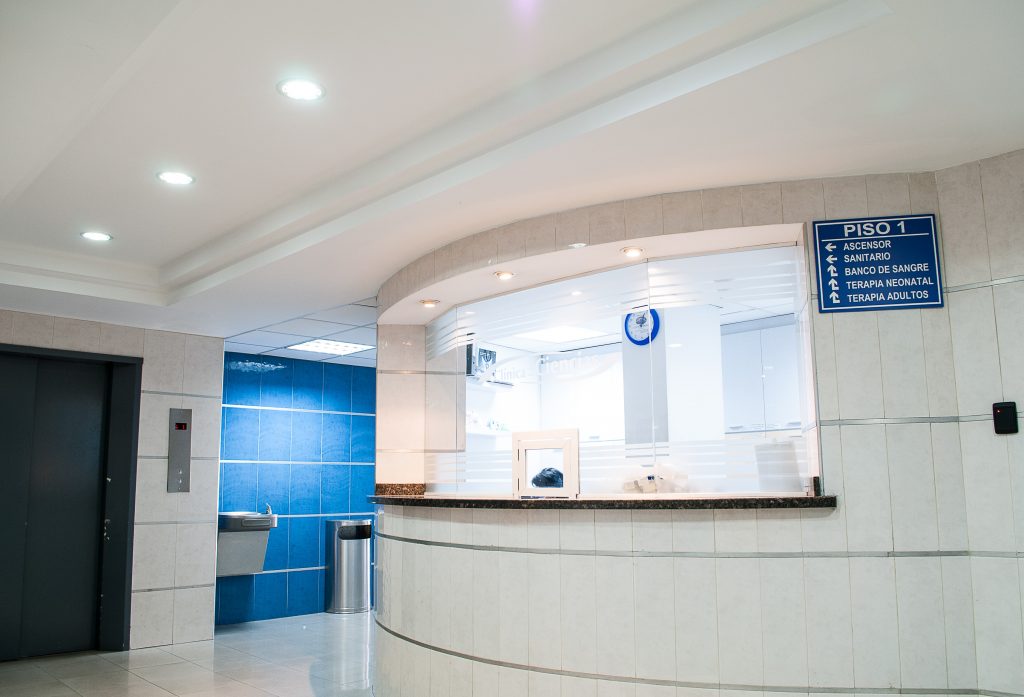While there are a few similarities between audits and inspections, many factors outline the difference between the two. Let’s clarify the purposes of audit and inspection and provide a better understanding of the differences between the two.
How are audit and inspection different?
Understanding the differences between these two actions is important for the daily practices within an organization. Confusing one with the other could potentially lead to certain standards or legislation not being met, which can cause long-term problems.
At a high level, inspections are a “do” and audits are a “check”.
What is the meaning of inspection?
An inspection is typically something that a site is required to do by a compliance obligation.
What is the meaning of Audit?
An audit is the process of checking that compliance obligations have been met, including that the required inspections have been done. For example, an environmental operating permit may require a facility to do an inspection weekly on a piece of equipment to ensure it is operating correctly.
Purpose
Inspections assess if the safety processes effectively ensure the health and safety of the organization’s team members and make workplace incident reports.
An audit is a more in-depth examination of how the company manages team members’ health and safety.
Example:
- Inspections focus on what, audits focus on why
For example, a person needs to inspect equipment twice a week. This work is termed inspection. It is done based on a binary question which will get a straightforward “yes/no” response. This is an inspection.
For audit, the organization may carry out an annual audit to ensure 100% compliance with the requirement to inspect the equipment. This one has various layers. It requires exploratory reviews involving risk assessments, training records, documentation, supplier reviews, equipment analysis, nonconformities etc. This is an audit.
So, while an inspection is a simple ‘what,’ audits go many levels deeper to uncover the ‘why.’ - Area of focus
Inspections focus on safety hazards in the work environment. An audit will focus on the processes employed by an organization to prevent these safety hazards and address worker safety issues. - Level of complexity
In general, inspections are prone to be simpler in nature. The person may simply tick off a safety point against a checklist to complete the inspection work.
An audit is more complex and has involvement from multiple teams to get the work done. It uses various data sources (including inspection data and exploratory surveys), policies, and documentation. These data sources assist the auditors in doing a department-wide audit and identifying potential risks and improvement areas. Such elaborate steps help strengthen the safety process in the work environment. - Action VSProcess
Another difference between an audit and an inspection is that inspections review a single point in time. Alternatively, audits follow a process from start to finish. For example, an audit of new business may consider:
Existing customer lifetime value- Existing customer satisfaction and feedback
- Marketing process
- Sales roles
- On-boarding
- Customer lifetime journey
- An inspection may check the process is being completed to plan at set intervals.
- Internal audits can be incredibly expensive. They take vast amounts of time, energy and resources.
- Inspections are quantitative, audits are qualitative
If you’re a multi-site or large facility, you’ll be doing hundreds of inspections. Audits explore details and complexities. Many questions can’t be answered with a simple yes or no. - Inspections create actions, audits create recommendations
Inspections usually produce straightforward actions. In an audit, there are recommendations to review. The average internal inspection audit report contains 6-10 recommendations. - The outcomes
The result of both processes is vastly different. An inspection will result in uncovering safety hazards or health risks. So, if there is no adequate lighting for a particular machinery operation, the inspection will show that there need to be more bulbs installed to improve working conditions and worker safety.
But an audit will be more detailed. It will chart why the area had less than adequate lighting. It also outlined the safety vulnerabilities in such situations. It ends with recommendations on how this issue can be addressed so that there is no risk of such vulnerabilities. Such audit reports give actionable decision-making assistance to the management.
Our Take
This is how MA Services Group looks at the differences between audits and inspections. While both are markedly different, MASG understands that they are a vital part of the overall safety management process. There is one more thread that joins the two steps in the process. It is the use of technology to ensure that the organization’s work, tools, and operations work as per safety protocols and laws.



